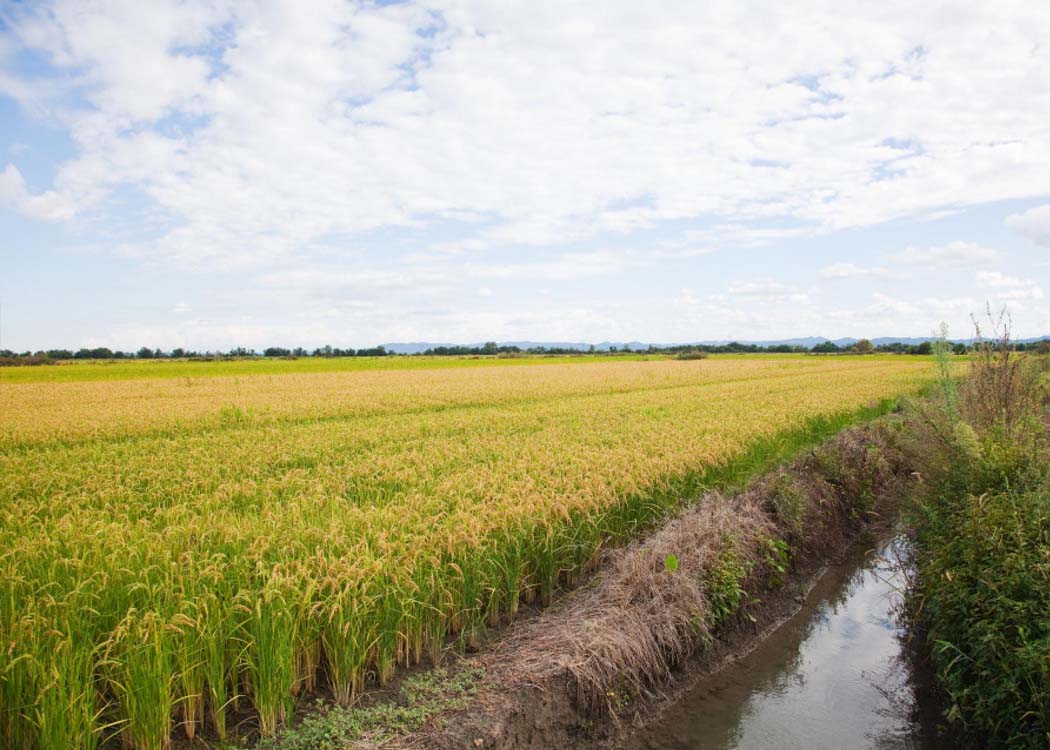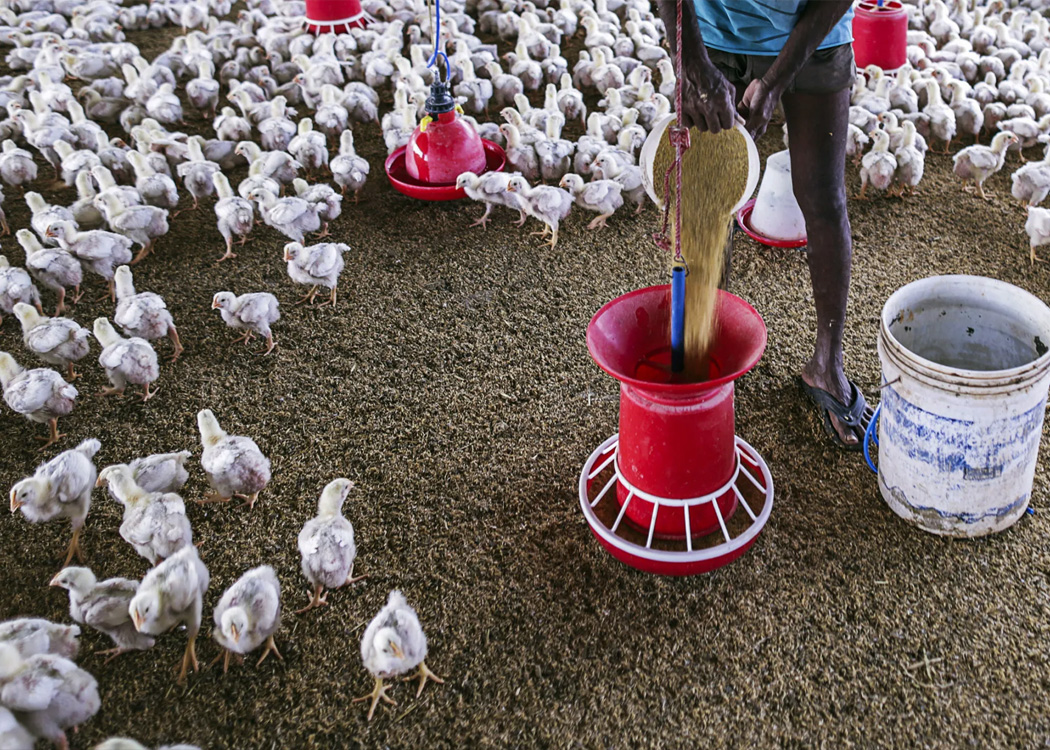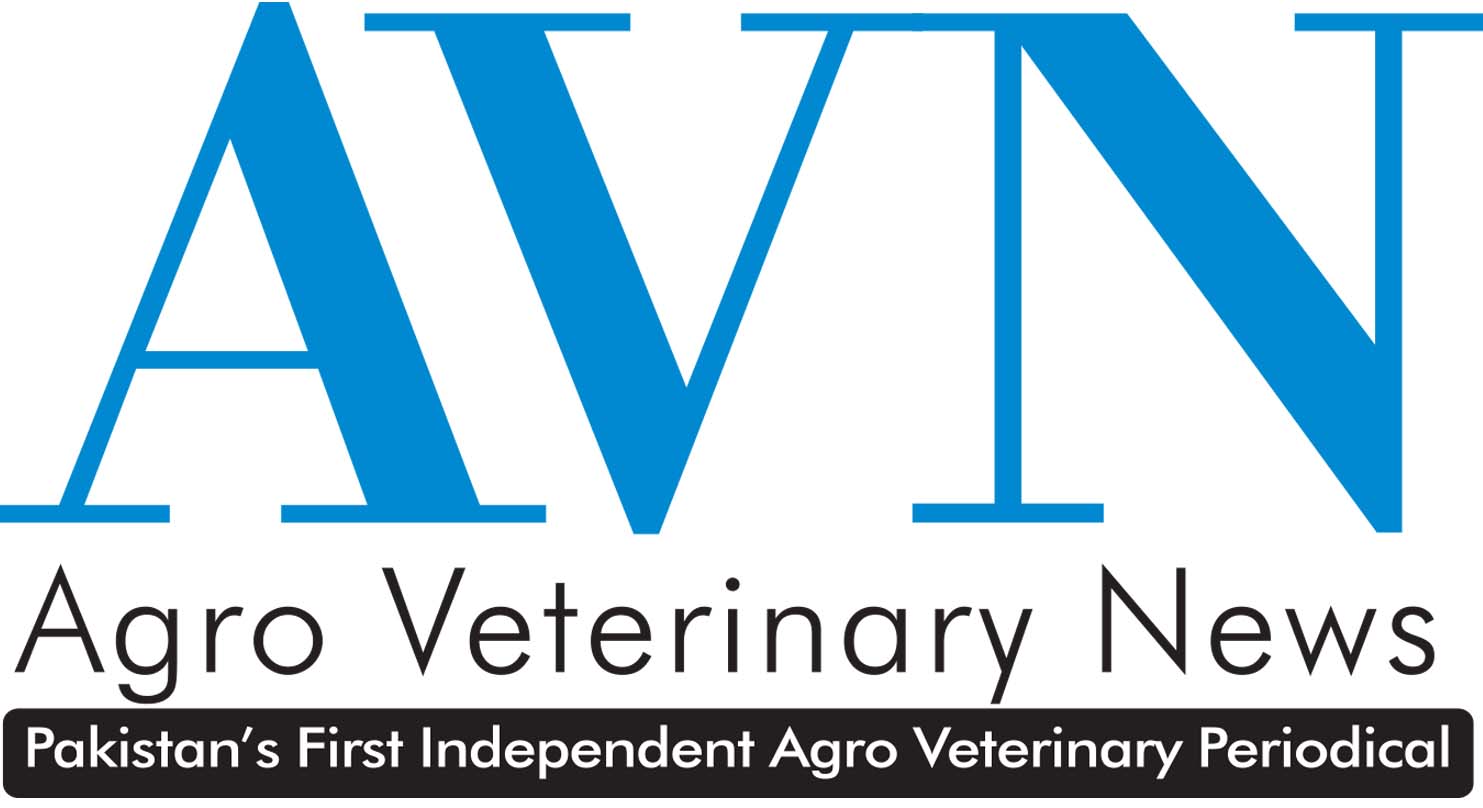Heatwaves and water shortages devastate maize, sunflower, and soybean harvests in Hungary, Romania, Bulgaria, and Türkiye, with ripple effects on EU-wide food production.
The September 2025 JRC MARS Bulletin confirms that drought and repeated summer heatwaves have caused irreversible yield losses across large parts of south-eastern Europe. The worst-hit countries include Hungary, Romania, Bulgaria, and southern Türkiye, where maize, sunflower, and soybean harvest forecasts have dropped well below the five-year average.
In contrast, central and western Europe experienced mixed but stable yields thanks to alternating rainy and dry periods, while northern Europe is expected to see above-average harvests. In the Iberian Peninsula, irrigation has played a crucial role in sustaining crop potential despite heat stress.
Crop-specific outlook
- Maize & Sunflower: Severely affected in Hungary, Romania, Bulgaria, and Türkiye, with significant yield losses expected.
- Rice: EU rice production shows positive prospects overall, with Italy, Spain, Portugal, and France expected to exceed the five-year average by 6%. However, southern Spain, Bulgaria, Romania, and Greece face disappointing yields due to poor rainfall and low reservoir levels.
Areas of concern
- Northern Germany: Persistent rainfall deficit reduced soil moisture, though recent precipitation may help prevent further yield decline.
- Easternmost Poland: Lack of rain has reduced local maize and sunflower yields despite otherwise favourable conditions.
- Eastern Hungary: Severe summer drought has already triggered a sharp decline in yield prospects.
- Southern Romania & Bulgaria: Repeated July–August heatwaves caused very poor crop growth, with record-low yields feared.
- Southern Türkiye: High August temperatures and ongoing soil moisture deficits may further impact summer crop development.
Regional impacts observed
- Eastern Hungary, Southern Romania, Bulgaria, and Eastern Croatia: Summer crop growth remains extremely poor due to ongoing drought.
- Western France: Hot and dry August accelerated crop maturity, potentially affecting yields.
- Southern Germany: Sugar beet growth was restricted by pest outbreaks in June–July.
- Central Italy: July heat reduced sunflower production potential.
- Central Greece: Continued drought and low reservoir levels kept expectations for summer crops depressed.
- Türkiye & Southern/Eastern Ukraine: Extreme heat and dryness led to below-average summer crop development despite some recent weather improvements.
Why it matters
These findings highlight the growing climate vulnerability of European agriculture. Persistent heatwaves, prolonged dry spells, and shrinking water reserves are reshaping food production patterns and may drive price volatility in global grain markets.
Access to further insights
The JRC MARS Bulletin offers monthly analyses of crop growth conditions and yield forecasts for the EU and neighbouring regions. Farmers, policymakers, and agribusinesses can access:
- MARS Explorer: Over 2000 maps and graphs tracking weather and crop development.
- AGRI4CAST Resources: Open datasets, tools, and software to support agricultural planning.
- ASAP Global Reports: Monitoring of agricultural production hotspots worldwide, with a focus on food security risks.







